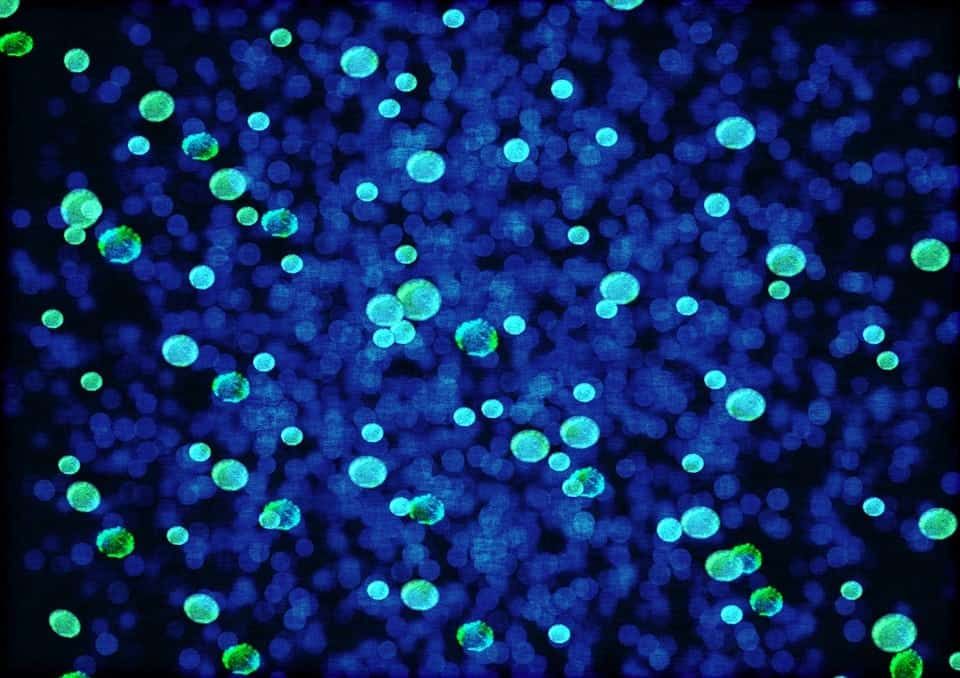Bacteria go extinct at rates much higher than scientists ever expected, according to new research.
Between 45,000 to 95,000 types of bacteria disappeared in the past million years – contradicting the widely held theory they rarely die off, it found.
But despite the big numbers, bacteria remain resilient to mass extinctions that have hit larger lifeforms like dinosaurs, researchers discovered.
Scientists used groundbreaking techniques to reveal there are between 1.4 and 1.9million bacterial lineages, which are used to categorise bacteria.
They studied the mathematical structures found in DNA to draw up the first ever evolutionary tree for bacteria – and reveal the rate of extinction.
Study lead Postdoctoral Fellow Dr Stilianos Louca at the University of British Columbia said studying the evolution and extinction patterns of bacteria can reveal the “novel ways” simple organisms survive.
He explained: “For over 3.5Gyr (3.5 billion years), the geochemical composition of our planet has been shaped by the evolution and diversification of bacteria.
“Most prominently, the Great Oxygenation Event was caused by cyanobacteria roughly 2.35Gyr ago and dramatically altered Earth’s surface environments and the subsequent evolution of life.
“Despite the prominent role of bacteria in ancient and modern biospheres, little is known about the dynamics by which their diversity evolved over Earth’s history.”

He added: “Bacteria rarely fossilise, so we know very little about how the microbial landscape has evolved over time.
“Sequencing and maths helped us fill in the bacterial family tree, map how they’ve diversified over time, and uncover their extinctions.
“While modern bacterial diversity is undoubtedly high, it’s only a tiny snapshot of the diversity that evolution has generated over Earth’s history.”
Despite the frequent, steady extinction of individual species, they found bacteria have been diversifying exponentially without interruption.
And they avoid the abrupt, planet-wide mass extinctions that have periodically occurred among plants and animals.
The researchers suspect competition between bacterial species drive the high rate of microbial extinctions, leaving them less prone to sudden mass, multi-species extinctions.
Past speciation, which is the formation of new species, and extinction events leave a complex trace in phylogenies – the mathematical structures that encode evolutionary relatedness between existing bacterial species.
Using high-power computers the scientists studied this code to reveal how bacteria has developed and evolved.
Co-author Professor Dr Michael Doebeli, a zoologist and mathematician, said: “This study wouldn’t have been possible ten years ago.
“Today’s availability of massive sequencing data and powerful computational resources allowed us to perform the complex mathematical analysis.”
The researchers were faced with the challenge of accounting for the massive numbers of undiscovered bacterial species to build the tree.
They “used sequencing data from 60 studies in diverse environments across the world” to estimate the diversity of bacteria, the study said.
Dr Louca added: “Our findings suggest that, during the past 1Gyr [one billion years], global bacterial speciation and extinction rates were not substantially affected during the mass extinction events seen in eukaryotic fossil records.
“This conclusion does not support previous speculations that extinctions of plant and animal-associated bacteria – resulting from extinction of their hosts – may contribute substantially to bacterial extinction rates.”
Eukaryotic cells are those of animals, plants and funghi.
He concluded: “Our analysis sheds light on bacterial diversification over geological
time.
“We found evidence that global bacterial diversity has mostly increased over the past 1Gyr, with roughly constant or only slowly changing overall speciation and extinction rates when averaged over all clades.
“This conclusion has implications for how life unfolded over Earth’s history, since bacteria are the most ancient and the most ubiquitous form of life on Earth.
“We estimated that global bacterial extinction rates are only slightly below their speciation rates, and that only a small fraction of bacterial lineages that ever existed survived to the present.
“This has important implications for how we interpret records of ancient life.”
The scientists now plan to study how physiological properties of bacteria evolve over time.
They hope to discover whether their ecological diversity has also been increasing similarly to their taxonomic diversity.
The study is published in Nature Ecology and Evolution.

